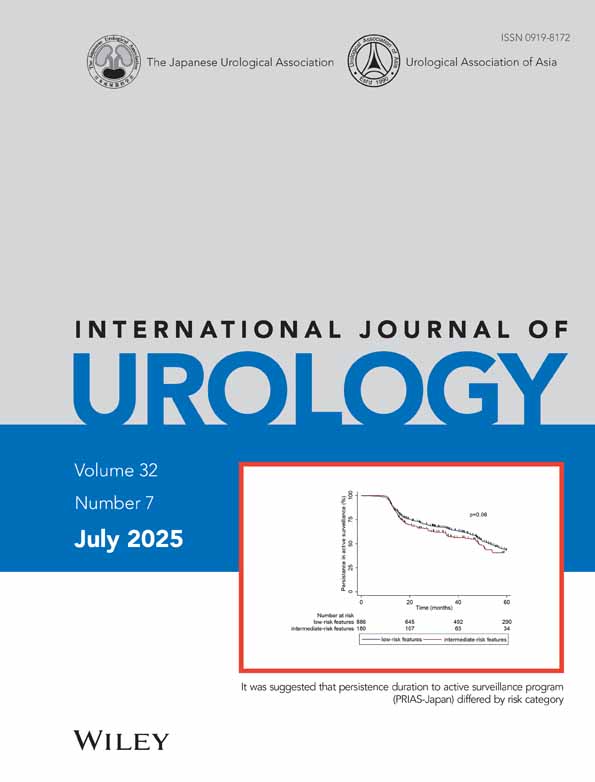Prognostic Factors for Renal Cell Carcinoma: A Multivariate Analysis of 320 Cases
Abstract
Background We performed a multivariate analysis of clinical variables in 320 patients with renal cell carcinoma to identify important prognostic factors for long-term survival.
Methods We retrospectively reviewed the medical records of 320 patients who presented with renal cell carcinoma. Survival curves were calculated by the Kaplan-Meier method and statistical differences were determined by the log-rank test. Significant prognostic factors were evaluated by Cox's multivariate proportional hazard model.
Results The median follow-up period was 29 months. The overall survival rates at 1, 5, and 10 years were 90.0%, 77.6%, and 69.9%, respectively. Seventeen of the 19 prognostic factors evaluated were shown to be significant by the log-rank test: patient age, sex, performance status, body temperature, erythrocyte sedimentation rate (ESR), levels of hemoglobin, a2-globulin, C-reactive protein, fibrinogen, immunosuppressive acidic protein (IAP), size or involvement of tumor (T classification), regional lymph node involvement (N classification), extent of metastasis (M classification), pathologic grade, tumor cell type, mode of tumor infiltration, and the modality of treatment (curative surgery). Among them, the body temperature, ESR, a2-globulin, fibrinogen, IAP, and mode of tumor infiltration were excluded from multivariate analysis because of missing data. Curative surgery was also excluded because it is a treatment modality and different from the other variables which are clinical or pathologic characteristics. From the remaining 10 variables, multivariate analysis showed that age (P = 0.0389), N classification (P = 0.0289), and M classification (P <0.0001) were important and independent prognostic factors for long survival.
Conclusion This analysis showed that age, N classification, and M classification were the most important factors predicting long-term survival of patients with renal cell carcinoma.




